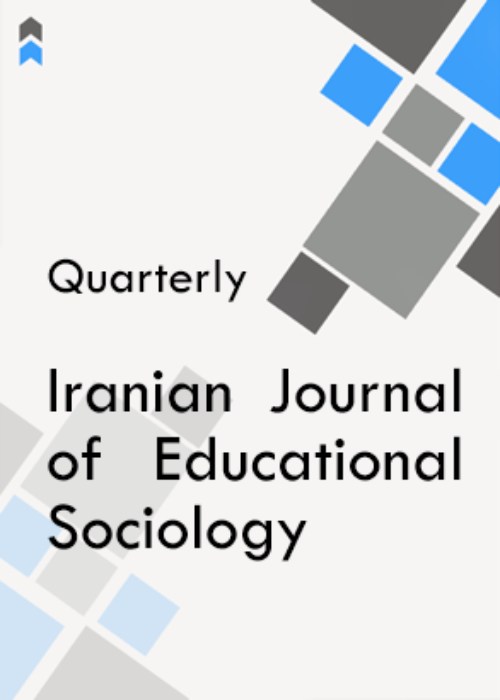Presenting the Strategic Orientation Model of Knowledge Transfer in University of Applied Sciences and Technology
The knowledge transfer in educational systems, especially higher education plays an important role in improving their educational and non-educational functions. Therefore, the purpose of this study was to present the strategic orientation model of knowledge transfer in University of Applied Sciences and Technology.
This study in terms of purpose was applied and in terms of implementation method was descriptive from type of correlation. The research population was all the managers and employees in University of Applied Sciences and Technology in Tehran city with number 450 people. The sample size based on Cochran's formula was estimated to be 207 people, who were selected by multi-stage cluster sampling method. The tool of the present study was a researcher-made questionnaire with 36 items, whose face validity was confirmed by the opinion of experts and its reliability was calculated by Cronbach's alpha method 0.95. The data after collecting with a researcher-made questionnaire were analyzed with the methods of exploratory factor analysis in SPSS and Smart PLS software.
The findings of the present study showed that the strategic orientation model of knowledge transfer in University of Applied Sciences and Technology has 36 items in 6 categories including causal factors (with 6 items), central phenomenon (with 3 items), contextual factors (with 7 items), intervening factors (with 4 items), strategies (with 14 items) and consequences (with 2 items), which their factor load was higher than 0.40, their average variance extracted was higher than 0.50 and combined and Cronbach reliability was higher than 0.70. Also, the strategic orientation model of knowledge transfer in University of Applied Sciences and Technology had a good fit and the causal factors had a direct and significant effect on the central phenomenon. The central phenomenon, contextual factors and intervening factors had a direct and significant effect on the strategies and the strategies had a direct and significant effect on the consequences (P<0.001).
The results of this study about the strategic orientation model of knowledge transfer in University of Applied Sciences and Technology can help the officials and planners of the University of Applied Sciences and Technology to improve the educational status of the university through knowledge transfer.
- حق عضویت دریافتی صرف حمایت از نشریات عضو و نگهداری، تکمیل و توسعه مگیران میشود.
- پرداخت حق اشتراک و دانلود مقالات اجازه بازنشر آن در سایر رسانههای چاپی و دیجیتال را به کاربر نمیدهد.


